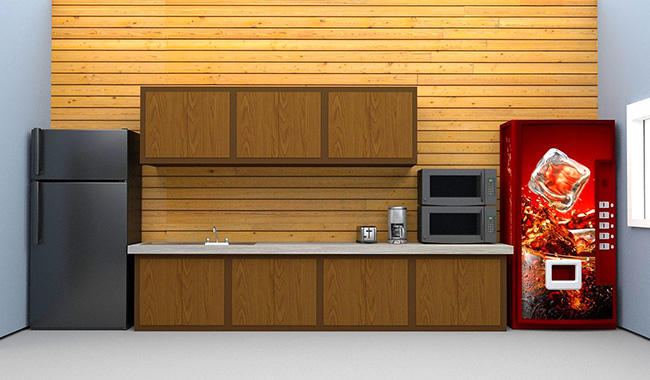Sharing Around the
Virtual Water Cooler
by Rob Zell:
Many organizations are struggling today with the concept of incorporating social networks into the workplace. I don’t blame them. There are plenty of issues that immediately come to mind:
- How do you secure the information?
- How do you keep conversations appropriate for the workplace?
- How do you keep people productive?
There is plenty of information out there on this topic. A friend of mine sent me “a stack” of blogs and white papers that he uncovered to help me with some work I’m doing. The more I read, the more impressed I become with the usefulness of the technology and the speed it brings to organizations that embrace it.
As energizing as the technology is, there are those who worry that work will come to a screeching halt while employees tweet, blog, and update their status. Here’s the thing: they already are, whether you have a network or not.
Most organizations probably have a break room with the standard microwave, water cooler and coffee machine. Yours might be more high tech with a vending machine or two, maybe a TV running cable news or company announcements. You might have comfy chairs or even a video game machine. Of course if you are Google you have snacks, food service and even games. At some point in the day, people will gather there and chances are they will:
- Talk about the business and what they are working on (which you probably don’t want just anyone to hear).
- Talk about something inappropriate (but hey, you weren’t there so it’s not like you’re responsible right?).
- Be unproductive.
To the best of my knowledge, and I admit I haven’t done any research on this, I don’t think anyone is trying to ban break rooms. In fact, more companies are focused on what goes on in the break room as a way to reinforce culture: team message boards, specialized services, recognition walls, fun artwork, etc. (See Google). To make matters worse, many of the people who “pop down” to the break room aren’t being social or engaging in your culture because they are on their Smartphone tweeting about how lame your organization is for not doing more to engage in social media.
So why not encourage dialogue and interaction in a controlled setting? There are some good tools out there that organizations are using to create conversations and accelerate productivity. Tools like Yammer (yammer.com) and even Microsoft Sharepoint encourage the kind of sharing that you desire. These tools have built in search functionality. With some training, your employees can quickly find the information they need. Learning often takes place on the job, with information shared between peers or handed down from supervisor to employee. With unlimited access to a monitored knowledge base, your employees can get immediate answers to performance questions and more importantly can get the right answer rather than the best shortcut.
Finally, in this increasingly virtual age, gathering around the water cooler is hardly feasible. With teams spread out across the globe, tools that shorten the distance between teams and improve working relationships aren’t just nice to have. Tools like these are a competitive advantage.
With the right tools and some cultural motivation, your teams can spend time in virtual space talking about the business, sharing best practices, adding productivity and providing real-time feedback on the state of the business. If that isn’t a strategic advantage, I don’t know what is.
 Full Course: Virtual Presentation Power (1 day)
Full Course: Virtual Presentation Power (1 day)
Click here for our full list of available courses!
Virtual Water Cooler




